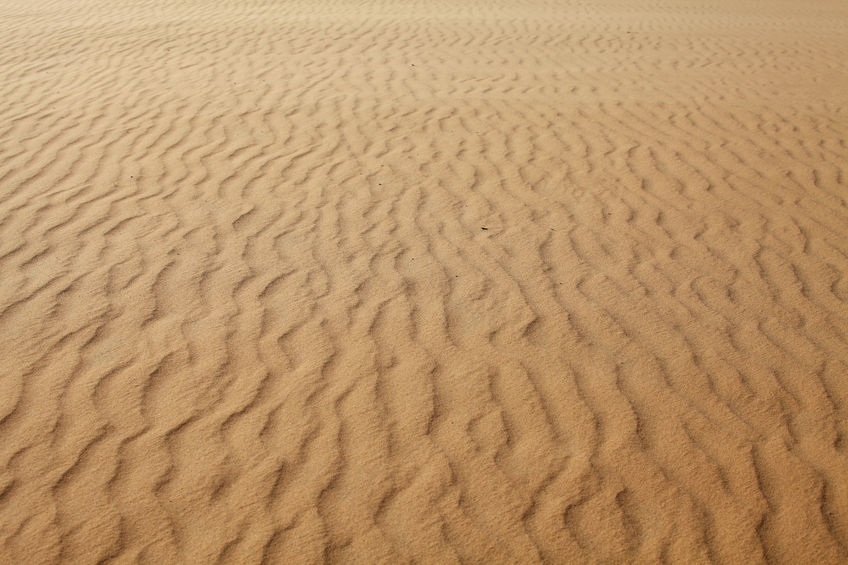Why we have so much abundance of sand and rocks on earth.
Sand is considered as the common material which can be formed in any part of the earth. However, the sands are mostly available in the northwest part of India than any other places.
Sand Formation and why it was Abundant on earth:
Sand is formed by the weathering or the natural disintegration of rocks, particularly of granite or sandstone. Unlike other natural resources such as coal or iron ore, sand and gravel are defined by their particle size rather than mineral composition. By definition, sand grains range in size from one-sixteenth of a millimeter to two millimeters.
The next smaller size grains are known to be silt and the larger unconsolidated particles are called gravel. These particles can also be classified by their size as granule, pebble, cobble, and boulder. Sand is most commonly made of quartz, which is the world’s most common mineral. Sands come in a wide variety of colors and its grains may be purely quartz, mostly quartz, partially quartz, or entirely non-quartz. The Indian sand dunes are mostly quartz.
Most of the sands are found in great abundance which is in northwest part of India. This abundance is the direct result of some glaciers and the natural geological processes of wind consist of the water movement which can be occurred since the last glaciers approximately 14,000 years ago in the northwest part of India. It is a glacier that scooped out bedrock and created Lake Michigan.
This glacier breaks the solid rock which is under the deposits such as soil or alluvium. These rocks are grinded and can be deposited on the ground and also in the lakes. Thus, many of the major sand and gravel deposits in the state were originally placed in deposits formed either directly by glaciers or by glacial melt waters.
However, in the thousands of years since the glaciers left, rivers and particularly the currents within Lake Michigan have moved great quantities of sand and gravel and deposited them elsewhere.
Most of the sand and gravel has been deposited near the southern end of the lake. This is because, for most of the history of the lake, sand has been moving southward which is carried by lake currents on both sides of the lake. Waves at the south shore of Lake Michigan wash sand up onto the beach. Then when it dries much of it is blown away from the lake by dry northwest winds.
When the wind slows up, it drops the sand which is carried by him. Various natural objects such as grass, trees, or rocks can be used to make the wind slow up. It can cause the wind to drop enough sand that small piles of sand can be formed. These sand themselves can cause more wind to slow up and the more sand is to be dropped. In this way, large sand dunes can be slowly formed.
The process is similar to the way that wind blows dry snow into drifts. Except at times when the wind is exceedingly strong, gravel is simply too heavy to be moved by winds. It is not too heavy, however, to be carried by the moving waters of fast-moving streams or the waves of Lake Michigan. When these waters slow up, just like the winds, they drop their sediment loads. Gravel then can accumulate in riverbeds wherever water tends to slow up.
This also happens most days along the beaches of the Great Lakes where waves have the strength to wash gravel up onto the shore, but not enough strength to carry it back into the lake.





